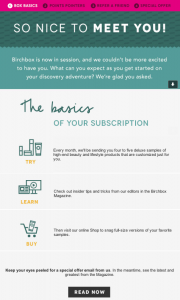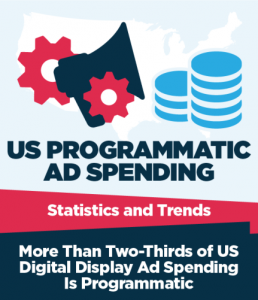Data is a big deal in our digital world. So many things can be done online these days, from purchases to registrations to bill-paying to crowd-funding. It’s hard to make it through a week without filling in at least half a dozen forms. While the upside of this digital boom is the convenience of being able to complete so many tasks from your computer or smartphone, the downside is the risk of having your personal data used in ways that you haven’t consented to. With so many news stories lately detailing misuses of consumer data, it’s no wonder that people are unsure about whether to share it. This infographic from Bain & Company looks at these concerns – what consumers are willing to share, who they don’t want to share with, and how to build a relationship of trust that puts their fears to rest. Let’s take a look.
When it comes to consumer trust, not all organizations are created equal. Bain asked 936 US consumers which types of organizations they would like to prevent from using their personal data. Here are the results:
- 66% said the federal government
- 63% said financial service providers
- 61% said social networking platforms
- 50% said cable service provider
- 447% said e-commerce retailers
- 43% said airline carriers
- 40% said grocery stores
Consumers also distinguish between the types of data shared. 44% are okay with organizations sharing user-contributed social data without permission, but less than 20% agree with corporations sharing their purchasing behavior. 45% are fine with sharing their age, 38% don’t have a problem with sharing the stores that they visit, and 33% are okay with sharing their marital status. The support drops when it comes to information that consumers consider more personal: 17% support sharing their current location, 15% their political affiliations, 12% their weight, and 7% their phone number. The information that consumers are least willing to share includes their number of traffic violations (3%), their children’s names (2%), their financial account balances (1%), and, unsurprisingly, their social security number (1%). Even when customers are willing to share their data with a company, that doesn’t mean that they want it to travel any farther – 91% of consumers absolutely do not want companies to sell their data, even if they are financially compensated for it.
So with all of the data collection and mining going on, how can your organization build trust with its customers? There are five steps that you can take to improve your relationship with your consumer base when it comes to their data and privacy.
- Ask permission to use their data. Bain & Company found that the number of customers willing to share their data can more than double when you simply ask them for permission.
- Appoint a corporate ombudsmen. Putting someone in charge of overseeing privacy ethics and standards shows consumers that you’re willing to be accountable for their privacy.
- Name a “Chief Data Officer” and privacy board. Hire outsiders who have experience and credibility.
- Conduct an annual privacy audit. Make sure that the audit is performed by an independent body that is qualified to assess your company’s privacy standards.
- Cut the legalese. Informed consent is key – explain your data use plans to consumers in language that they can understand. Be transparent.
Implementing these steps is a great way to show your customers that you respect (and are serious about protecting) their privacy, which will help them breathe a little easier.
Digital & Social Articles on Business 2 Community
(42)
Report Post







